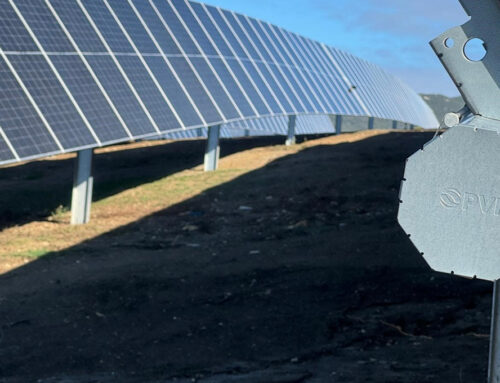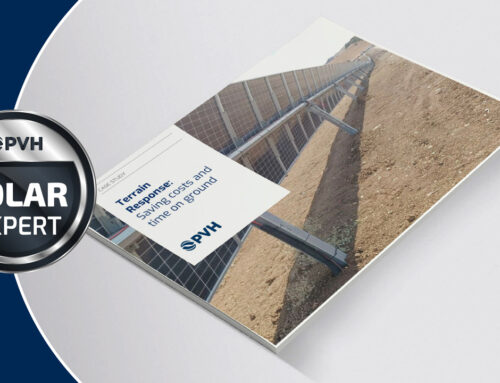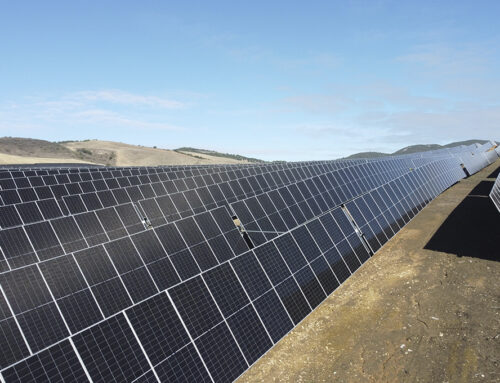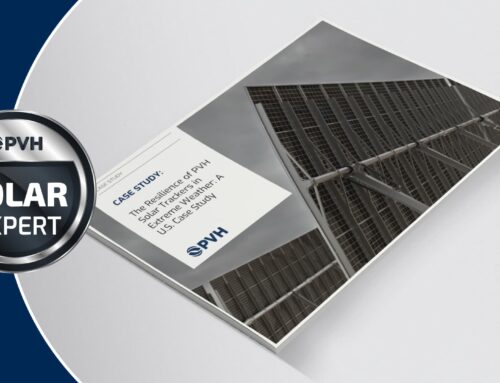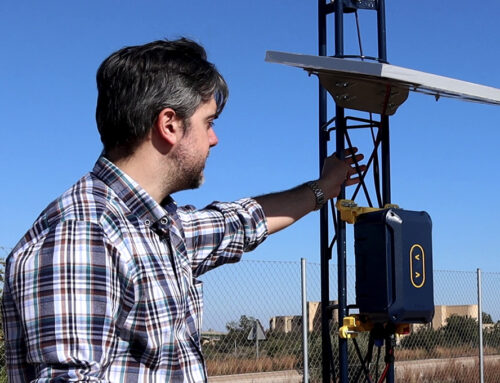Emergence of Renewable Energy Zones (REZs) in Australia: Paving the Way for a Sustainable Future
29/05/2025
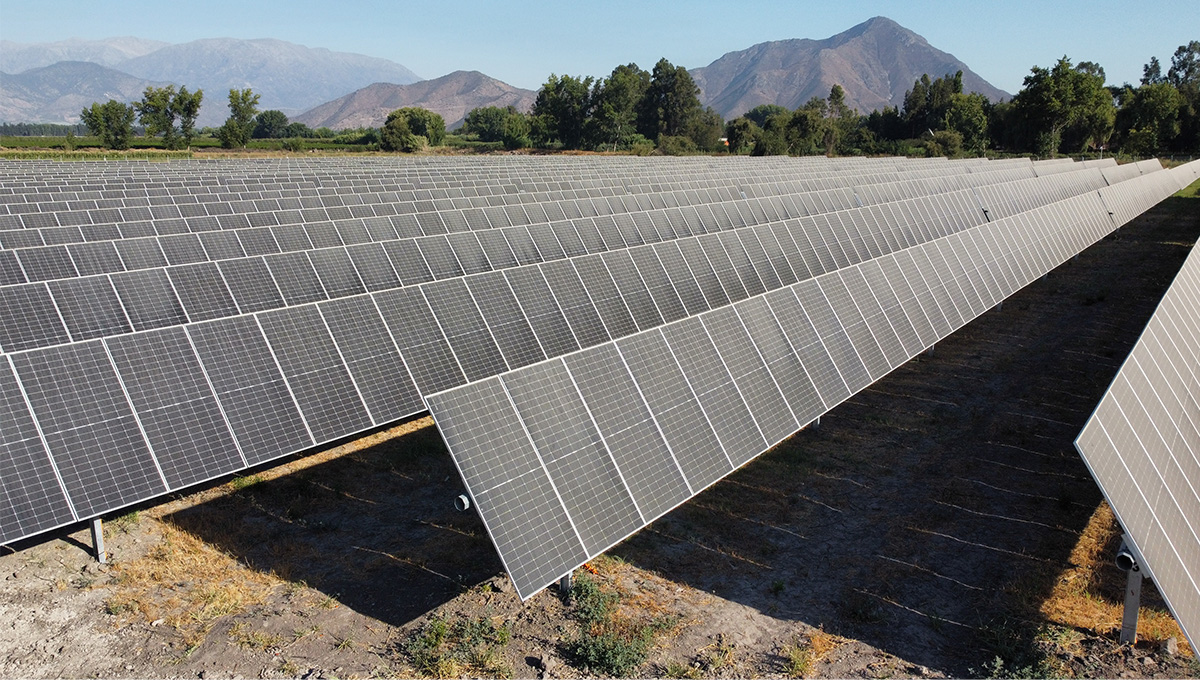
Thanks to abundant sunlight and strategic coastal wind corridors, Australia has long been recognized for its vast potential in solar and wind power generation. Now, with the construction of the country’s first Renewable Energy Zone (REZ) set to begin in mid-2025, the path forward for large-scale renewable energy deployment has become clearer than ever. These zones are more than just geographic designations—they represent strategic, integrated planning and investment designed to bring clean power onto the grid effectively and reliably.
In this blog post, we’ll explore REZs, why they matter, and how they dovetail with Australia’s, and the world’s, transition to a more sustainable energy future.
What Are Renewable Energy Zones (REZs)?
A Renewable Energy Zone is a region identified for its substantial renewable energy resources, such as solar and wind capacity, where new generation projects can be developed efficiently and integrated more seamlessly into the grid. Rather than waiting for renewable developers to build projects in isolation (and then struggling to connect them), governments and utilities plan out the transmission and distribution infrastructure in advance.
This approach streamlines:
- Grid Integration: REZs reduce grid bottlenecks and connection delays by proactively expanding transmission capacity.
- Investment Certainty: Developers can invest in solar and wind farms more confidently when the necessary grid infrastructure and government frameworks are already in place.
- Economic Development: Constructing REZs creates jobs and stimulates regional economies, from initial construction through ongoing operations.
Why Australia Is Focused on REZs
Australia has ambitious renewable energy targets, with a strong focus on harnessing its ample sunlight and significant wind resources. However, historically, grid capacity and infrastructure have lagged behind the rapid pace of solar and wind farm development. REZs help bridge this gap.
- Enhanced Grid Stability: Large-scale renewable energy plants need robust transmission lines and sophisticated grid management. REZs are designed to provide the backbone for reliable energy transmission, reducing the risk of overloading or curtailment (i.e., forced reductions in renewable generation due to limited grid capacity).
- Smoother Project Approvals: Permitting and approvals can become more straightforward and transparent by establishing clear areas earmarked for renewable development.
- Strategic Resource Allocation: REZs guide investment to the most optimal solar and wind generation areas. This ensures that government incentives, grid infrastructure, and private sector capital flow where they can be most effective.
Construction Timeline and Milestones
Australia’s first REZ is slated to break ground in mid-2025. This timeline gives stakeholders—federal and state policymakers, transmission operators, and renewable project developers—time to finalize crucial steps:
- Infrastructure Planning: Finalizing the design and route of new transmission lines, substations, and grid upgrades.
- Regulatory Approvals: Ensuring the necessary environmental and planning permissions are in place to protect ecosystems and local communities.
- Stakeholder Engagement: Consulting with landowners, local businesses, and community organizations to address questions about land use, noise, visual impacts, and economic benefits.
Impacts on Solar and Wind Development
- Greater Scale and Efficiency
- By clustering multiple large-scale solar and wind farms within a REZ, developers can share transmission lines and grid infrastructure, reducing costs. This model can also lead to shared maintenance services and workforce training programs, further enhancing operational efficiencies.
- Better Resource Management
- Australia’s solar and wind resources are often geographically complementary (e.g., stronger wind in coastal regions and high solar irradiance inland). A REZ allows planners to co-locate these different energy sources to balance generation output, contributing to a steadier flow of clean energy onto the grid.
- Acceleration of Energy Storage Solutions
- As the share of renewables grows, integrating battery storage or other energy storage solutions becomes increasingly important. REZs provide a conducive environment for the co-location of storage, enabling smoothing power supply and ancillary grid services.
Supporting Australia’s Renewable Energy Targets
Australia aims to dramatically increase the share of renewables in its energy mix over the coming decades. REZs are a tangible tool to help meet and surpass these targets by:
- Facilitating Large-Scale Projects: Critical for tapping into economies of scale and driving down the overall cost of electricity generation.
- Encouraging Innovation: Developers are likelier to test and adopt cutting-edge technologies—like advanced inverters, automated trackers, and high-efficiency PV modules—operating in a supportive framework.
- Reducing Carbon Emissions: With stable, centralized zones for renewable output, coal-fired and gas-fired power plants can be phased out more quickly and reliably.
The Role of PV Hardware in Renewable Energy Zones
As global experts in the manufacture and supply of solar mounting and tracking systems, PV Hardware (PVH) is well-positioned to play an essential role in Australia’s REZ ambitions. Our commitment to product innovation and reliability—backed by a track record of successful large-scale projects worldwide—makes us a trusted partner in these emerging zones. Whether it’s designing efficient mounting structures for expansive utility-scale PV plants or delivering robust solar trackers that follow the sun’s path, PVH solutions are engineered for maximum uptime and energy yield.
Key PVH Contributions:
- High-Performance Tracking Systems: Increase the productivity of solar farms, enabling a greater return on investment for project developers.
- Engineered for Australian Conditions: Our designs consider site-specific weather conditions, such as extreme heat, wind loads, and potential flooding, ensuring longevity and performance.
- Customization and Scalability: We work closely with developers and EPCs to optimize layouts and material usage, translating into reduced costs and faster deployment in REZs.
Looking Ahead
With the first REZ expected to start construction in mid-2025, Australia is reinforcing its global renewable energy sector leadership. By proactively planning transmission expansions, promoting large-scale project development, and enabling advanced technologies like battery storage, the nation has been charting a path toward reliable, affordable, and sustainable energy for decades.
At PV Hardware, we’re excited to be part of this transformative journey, supporting the transition to a cleaner grid, championing technological innovations, and collaborating with like-minded partners to bring renewable projects online faster and more efficiently.
For more information about how PV Hardware can support your solar or wind farm in Australia or beyond, feel free to contact our team. Together, let’s harness the power of the sun and wind to fuel a brighter, greener future.

